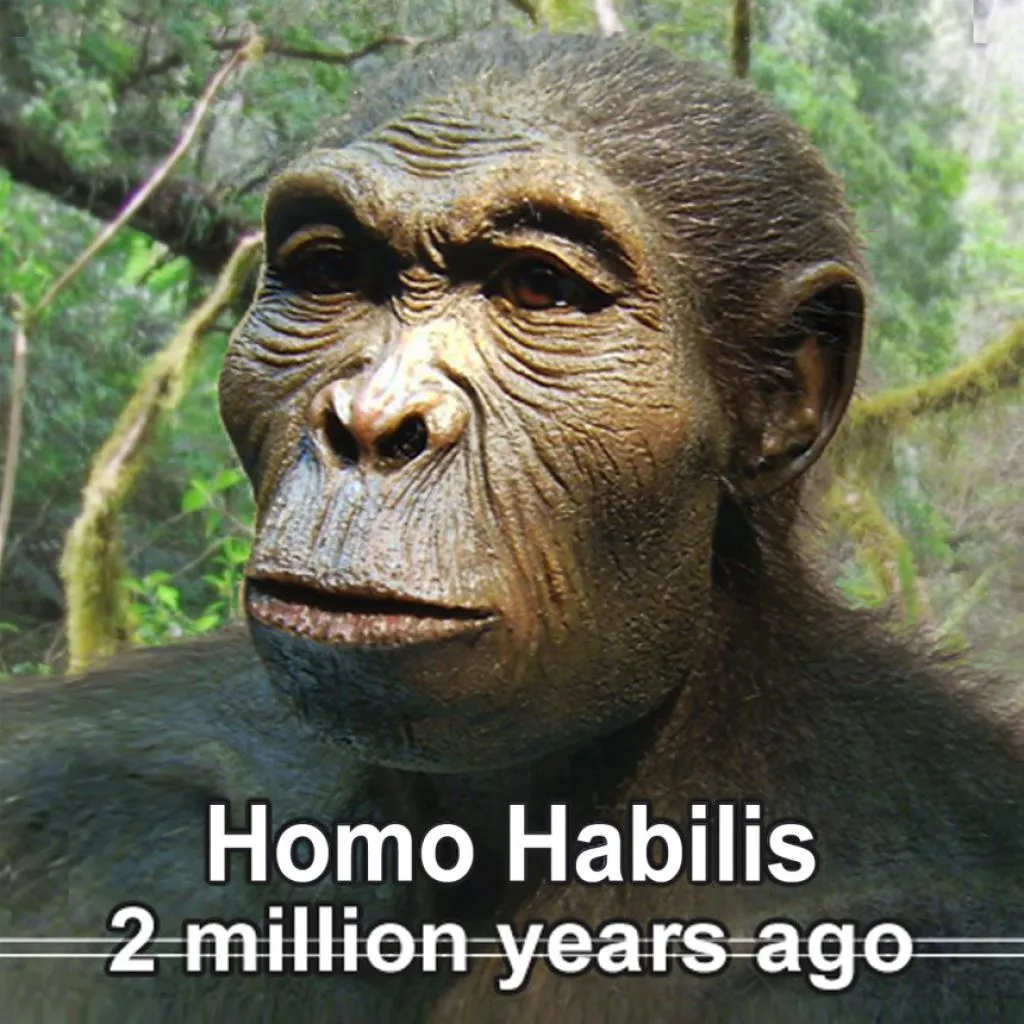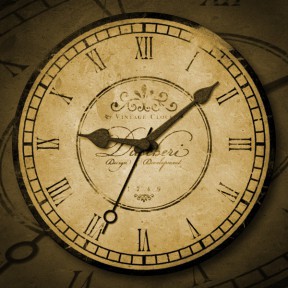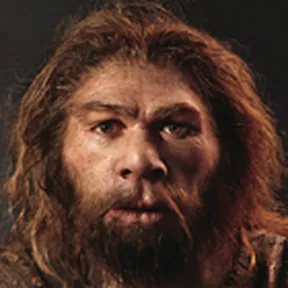
Homo Habilis
Homo Habilis is a proposed archaic species of Homo, which lived between roughly 2.1 and 1.5 million years ago, during the Gelasian and early Calabrian stages of the Pleistocene geological epoch.
The type specimen is OH 7, discovered in 1960 at Olduvai Gorge in Tanzania, associated with the Oldowan lithic industry; the fossils were identified as a separate species of Homo with the proposed binomial name of H. Habilis ("handy man") in 1964.
In its appearance and morphology, H. Habilis is intermediate between Australopithecus and the somewhat younger Homo Erectus and its classification in the Homo Genus has been the subject of controversial debate since its original proposal.
A main argument for its classification as the first Homo ("human") species was its use of flaked stone tools. However, evidence for earlier tool use by undisputed members of Australopithecus has been found in the 1990s.
CLASSIFICATION AS HOMO
There has been scholarly debate regarding its placement in the genus Homo rather than the genus Australopithecus. The small size and rather primitive attributes have led some experts (Richard Leakey among them) to propose excluding H. Habilis from the genus Homo and placing them instead in Australopithecus as Australopithecus Habilis.
Louis Leakey (father of Richard Leakey), the British-Kenyan paleoanthropologist who was the first to suggest the existence of H. Habilis, and his wife, Mary Leakey, found the first trace of H. Habilis in 1955: two hominin teeth. These were later classified as "milk teeth", and therefore considered difficult to link to taxa, unlike permanent teeth. However, in 1959, Mary Leakey recovered the cranium of a young adult that had a small brain, large face, tiny canines and massive chewing teeth (which earned it the nickname of "The Nutcracker man").
H. Habilis was short and had disproportionately long arms compared to modern humans; however, it had a less protruding face than the australopithecines from which it is thought to have descended. H. Habilis had a cranial capacity slightly less than half of the size of modern humans.
Despite the ape-like morphology of the bodies, H. Habilis remains are often accompanied by primitive stone tools (e.g. Olduvai Gorge, Tanzania and Lake Turkana, Kenya).
Homo Habilis has often been thought to be the ancestor of the more gracile and sophisticated Homo ergaster, which in turn gave rise to the more human-appearing species, Homo Erectus. Debates continue over whether all of the known fossils are properly attributed to the species, and some paleoanthropologists regard the taxon as invalid, made up of fossil specimens of Australopithecus and Homo.
New findings in 2007 seemed to confirm the view that H. Habilis and H. Erectus coexisted, representing separate lineages from a common ancestor instead of H. Erectus being descended from H. Habilis.
An alternative explanation would be that any ancestral relationship from H. Habilis to H. Erectus would have to have been cladogenetic rather than anagenetic (meaning that if an isolated subgroup population of H. Habilis became the ancestor of H. Erectus, other subgroups remained as unchanged H. Habilis until their much later extinction).
Discoveries at Dmanisi, Georgia, which had diverse physical traits and differences in tooth wear, suggest to some scholars that all the contemporary groups of early Homo in Africa, including Homo Ergaster, Homo Habilis, and Homo rudolfensis are of the same species and should be assigned to Homo Erectus, with the implication that variation between these “species” represents the prolonged evolution of one lineage, rather than interspecific differences.

















































